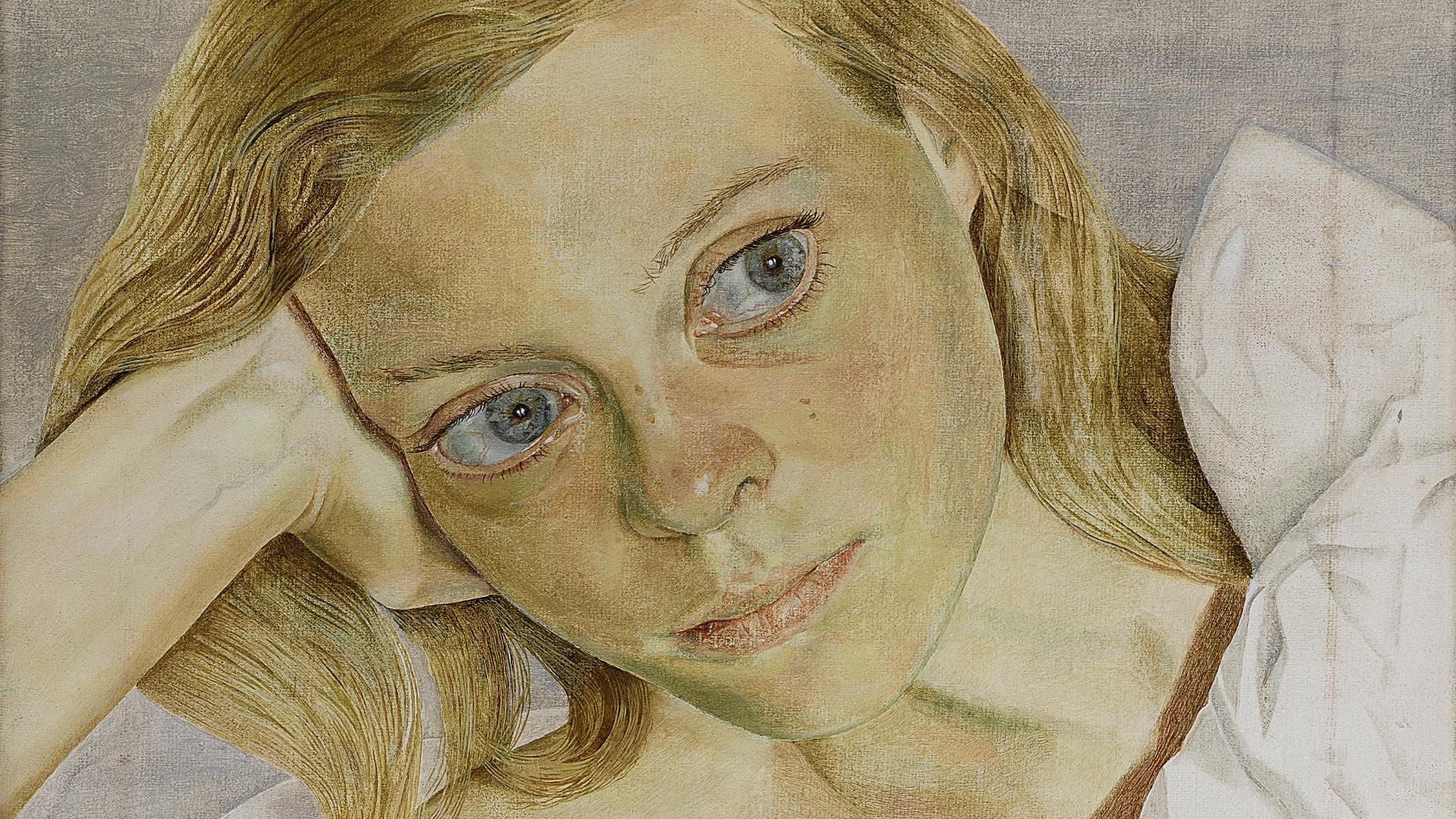

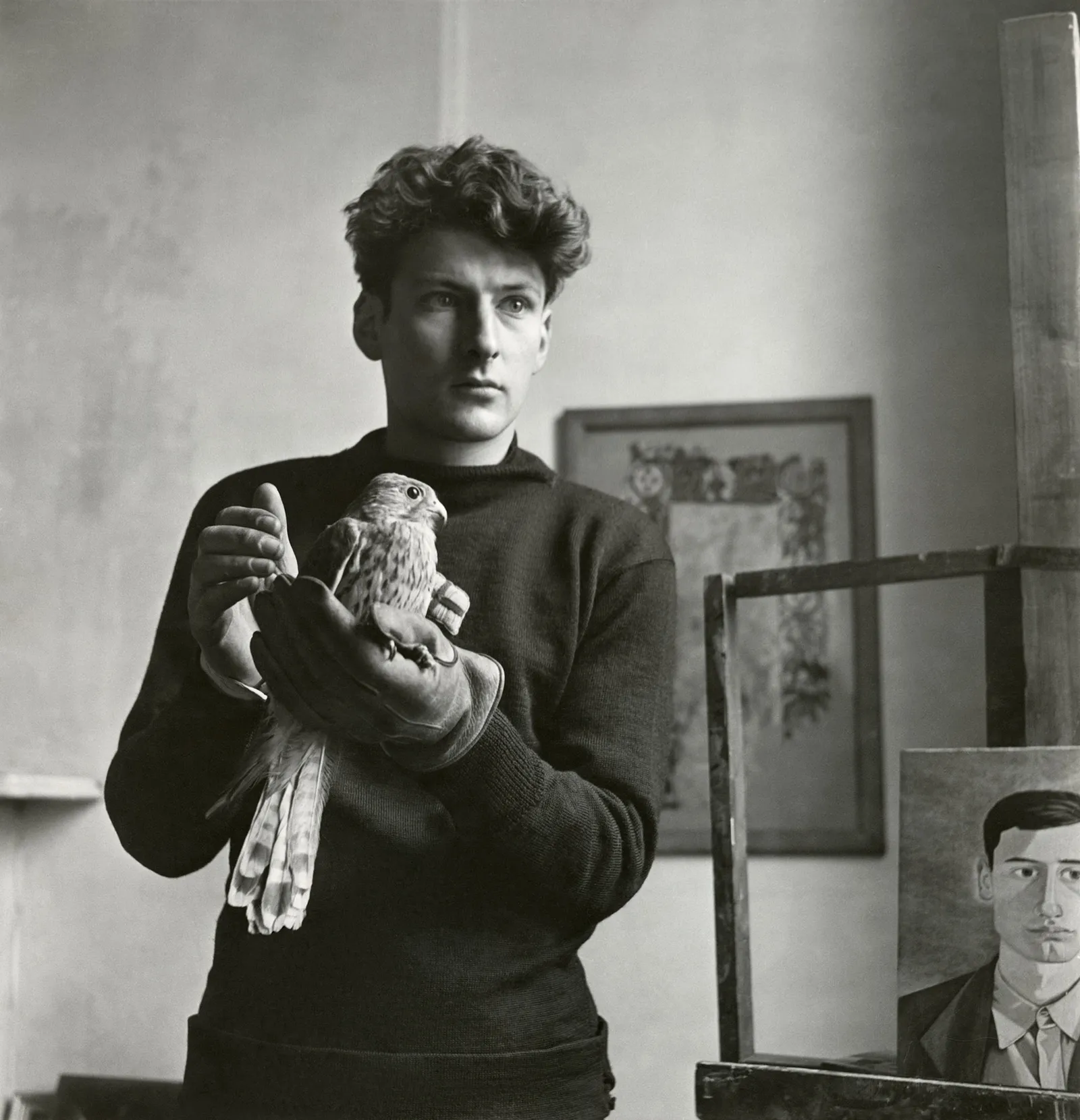
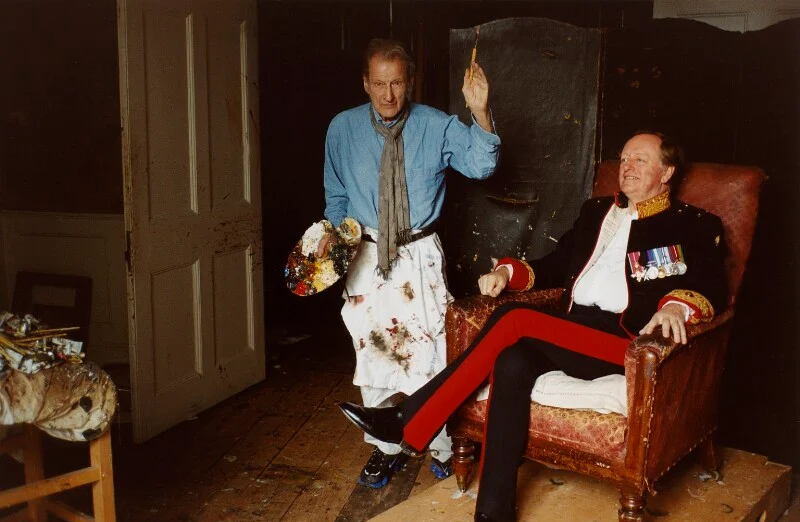
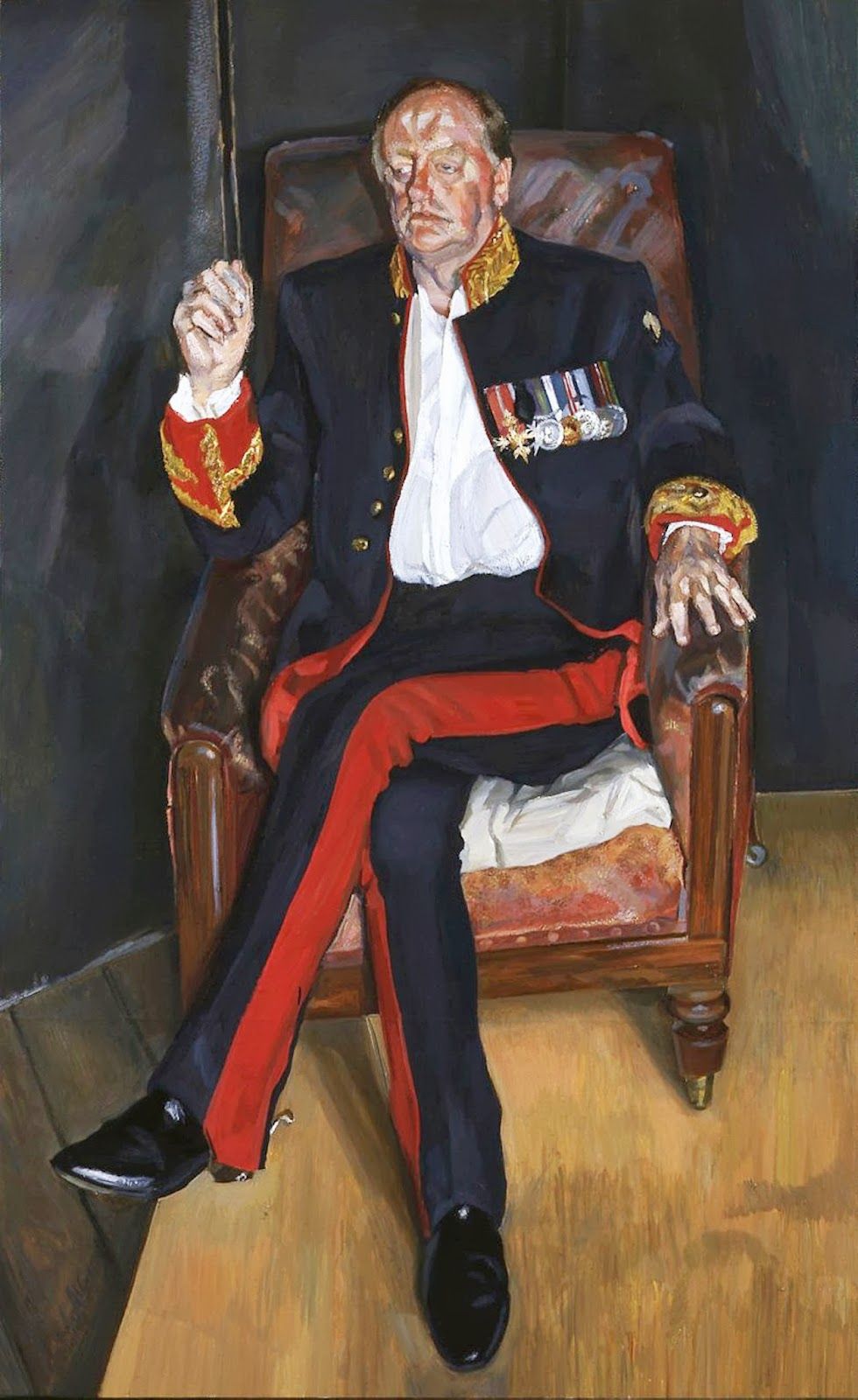
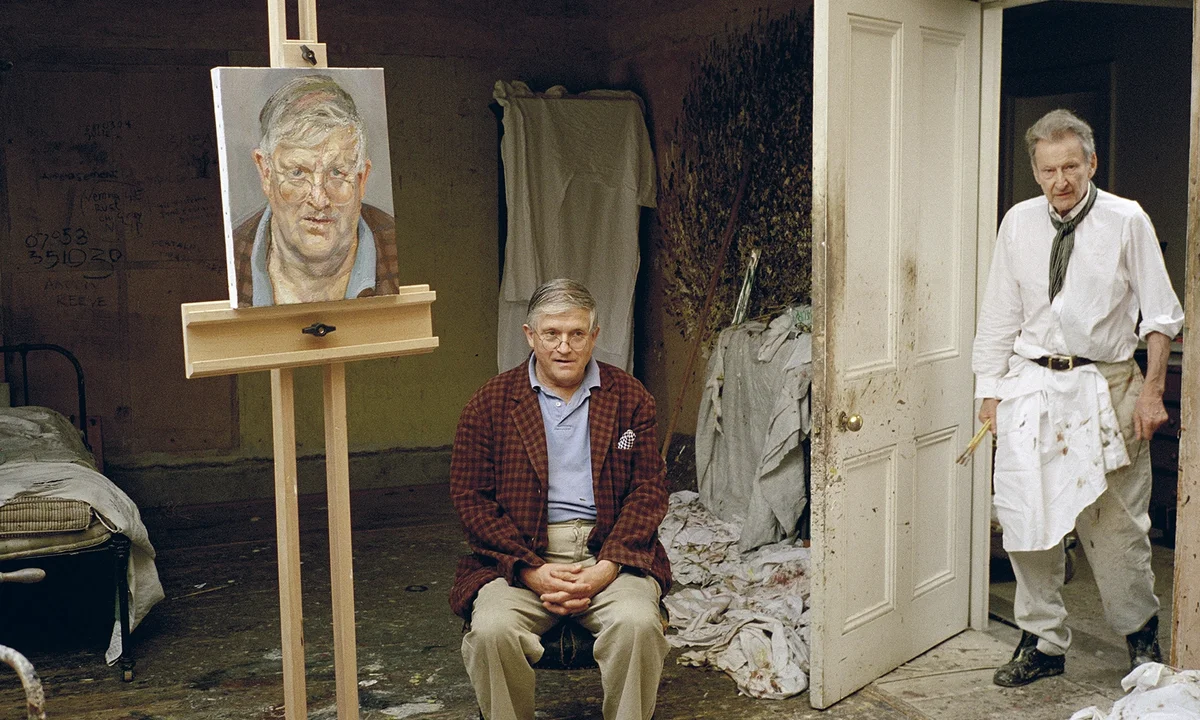
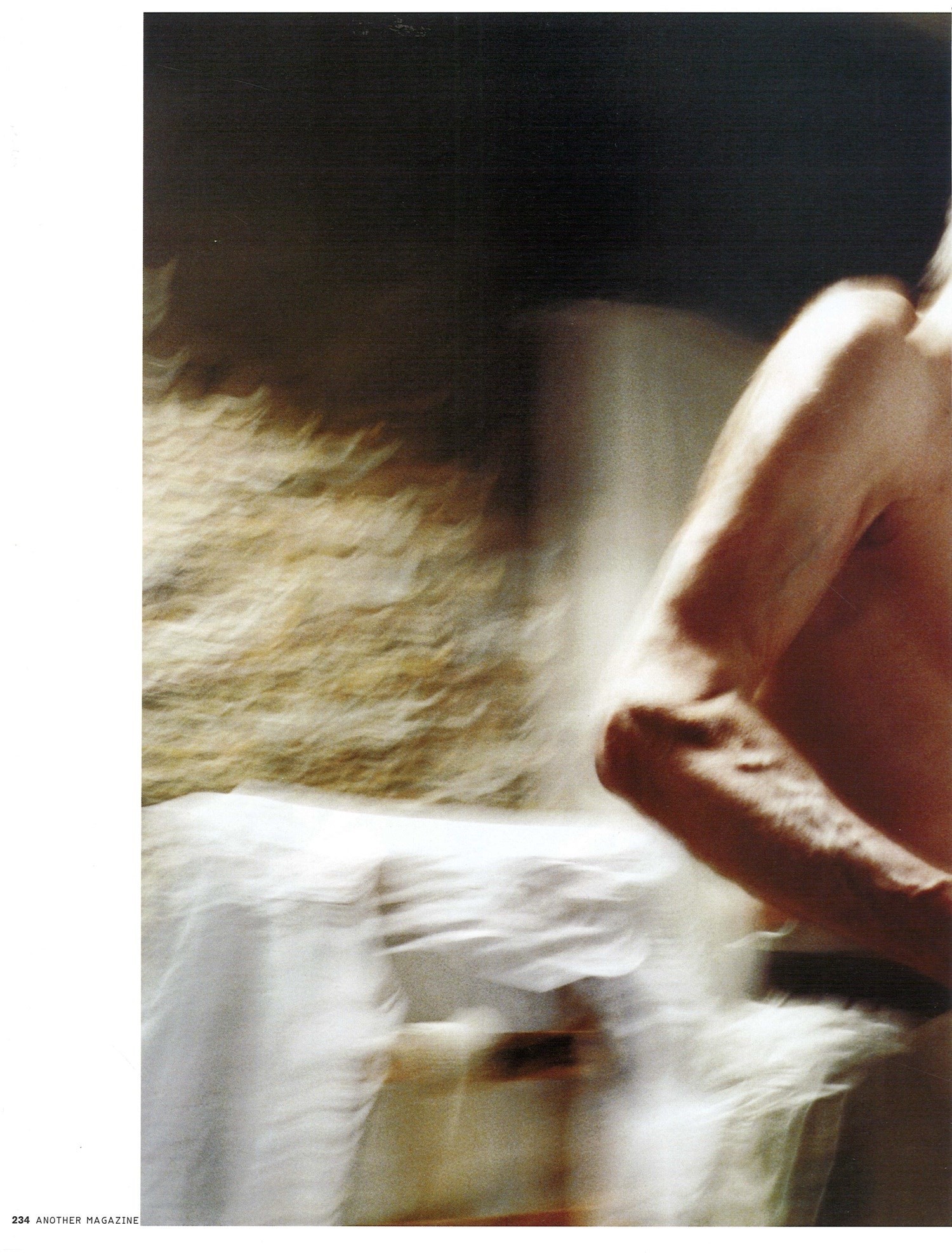
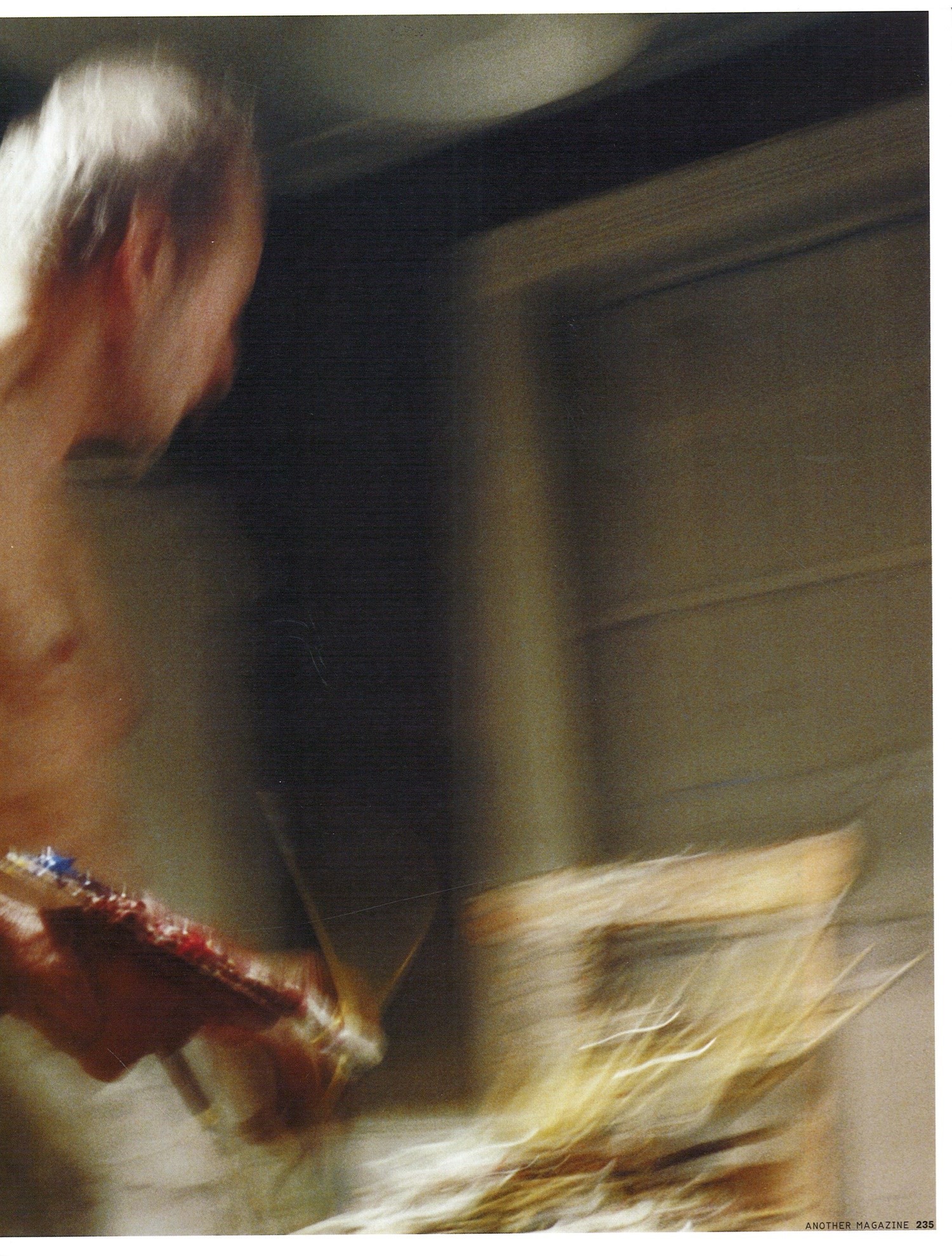
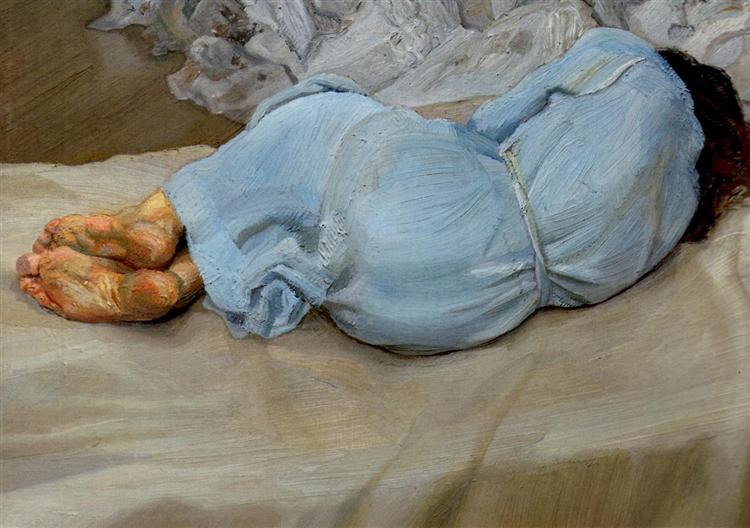
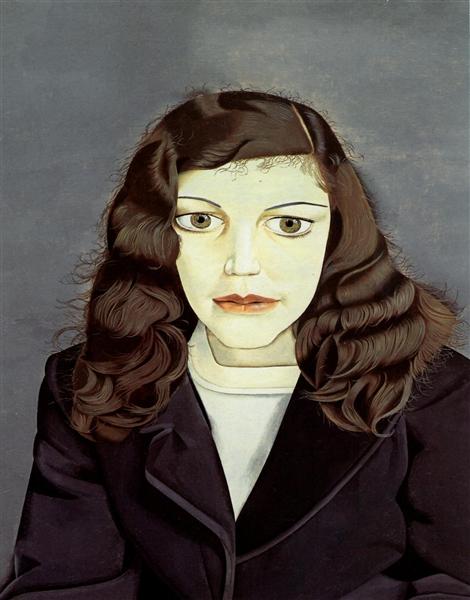
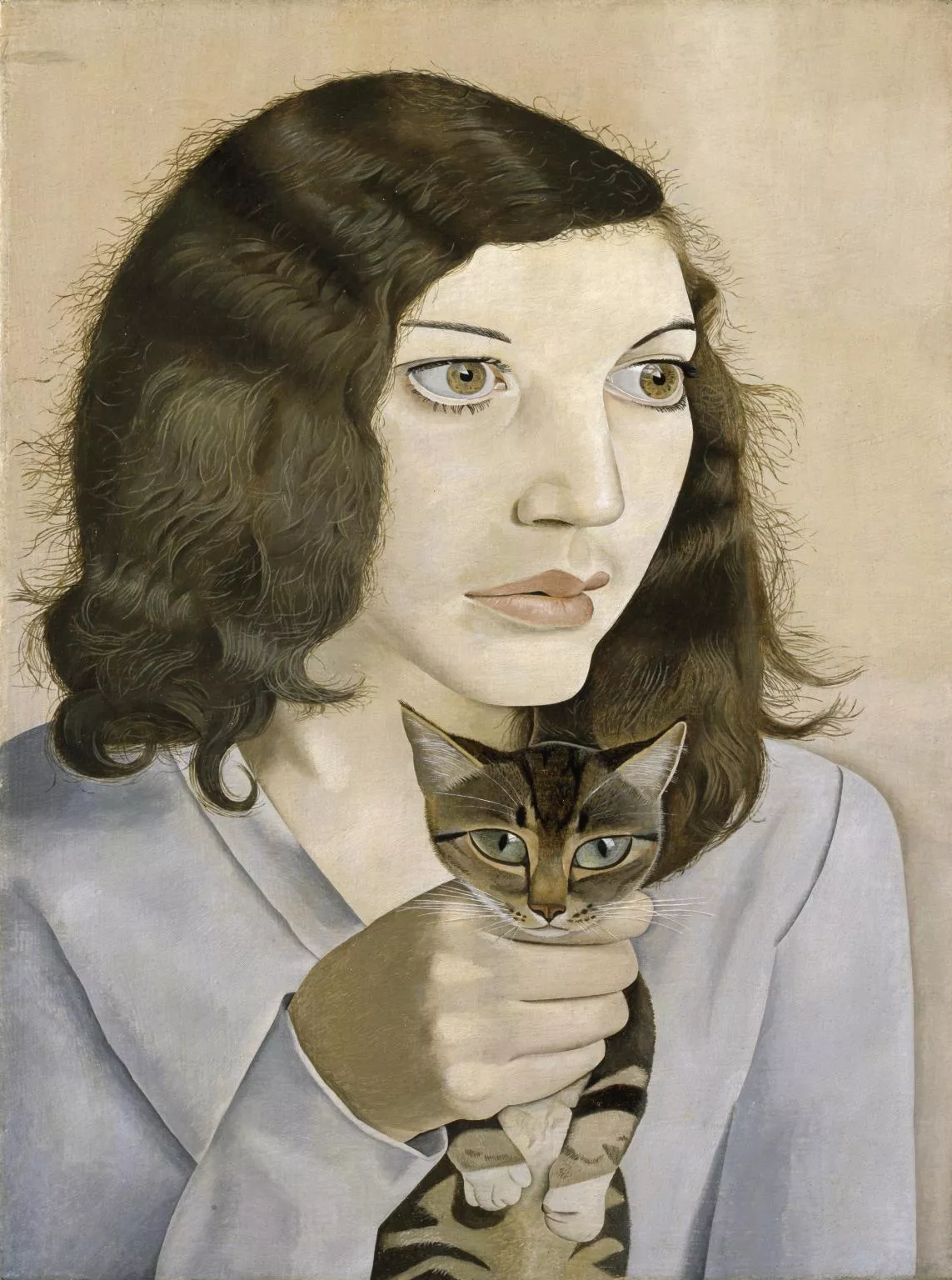
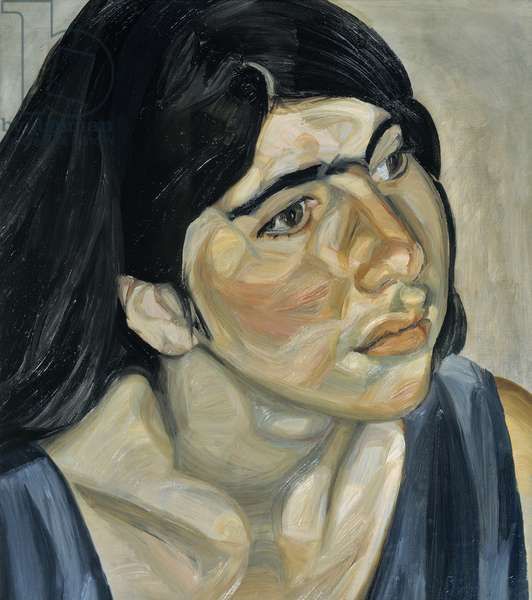
Lucian Freud (Berlín, 8 de diciembre de 1922–Londres, 20 de julio de 2011) es uno de los artistas figurativos más importantes de la segunda mitad del XX. Su expresionismo lo acerca a autores como Bacon o Auerbach, con los que formó la llamada Escuela de Londres (paradójicamente, ninguno de los tres era de Londres, ni siquiera británicos), Aunque Freud era uno de los más «naturalistas» al mostrar la «realidad».
Especializado en retratos, sus cuadros son fríos, sin expresar apenas sentimientos, pero tratando de enfatizar la carnalidad y la materia (otra vez, como Bacon o Auerbach), sobre todo en sus excelentes desnudos.
Fue nieto de Sigmund Freud, por lo que al inicio de su carrera abrazó el surrealismo. Como sucedió con muchos artistas, la llegada de Hitler al poder hizo que su familia emigrara y se instalara en Londres. En los años 40 ya asentaría su figuración, huyendo de la abstracción de moda en la época.
Casi exclusivamente trabajó el retrato: gente conocida como amigos, familia, colegas artistas, amantes… Siempre buscó de alguna manera nutrirse de lo autobiográfico.
También trabajó el retrato de animales como mascotas y caballos, a veces acompañando a sus dueños, en algunas escenas de una poética sutileza en algunos casos. Su pasión por los caballos le llevó a pintar los ejemplares de la escuela en Darlington, donde, además de montarlos, incluso dormía en los establos.
Lucian Freud (Berlin, December 8, 1922 – London, July 20, 2011) is one of the most important figurative artists of the second half of the 20th century. His expressionism brings him closer to authors such as Bacon or Auerbach, with whom he formed the so-called London School (paradoxically, none of the three were from London, not even British), although Freud was one of the most “naturalistic” in showing the ” reality”.
Specialized in portraits, his paintings are cold, barely expressing feelings, but trying to emphasize carnality and matter (again, like Bacon or Auerbach), especially in his excellent nudes.
He was the grandson of Sigmund Freud, so at the beginning of his career he embraced surrealism. As happened with many artists, Hitler’s rise to power caused his family to emigrate and settle in London. In the 40s he would already establish his figuration, fleeing from the abstraction that was fashionable at the time.
He almost exclusively worked on portraits: people he knew such as friends, family, fellow artists, lovers… He always sought in some way to nourish himself with the autobiographical.
He also worked on the portrait of animals such as pets and horses, sometimes accompanying their owners, in some scenes of poetic subtlety in some cases. His passion for horses led him to paint the horses at the school in Darlington, where, in addition to riding them, he even slept in the stables.
E-10 km 12
Sant Joan de Labritja
Ibiza 07810
Contacto
info@diegomontero.com
+598 95002 765
Costanera a la Barra s/n
El Tesoro
Maldonado 20001
